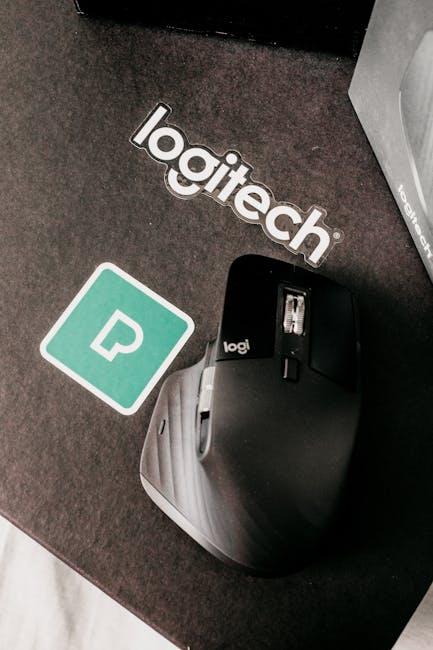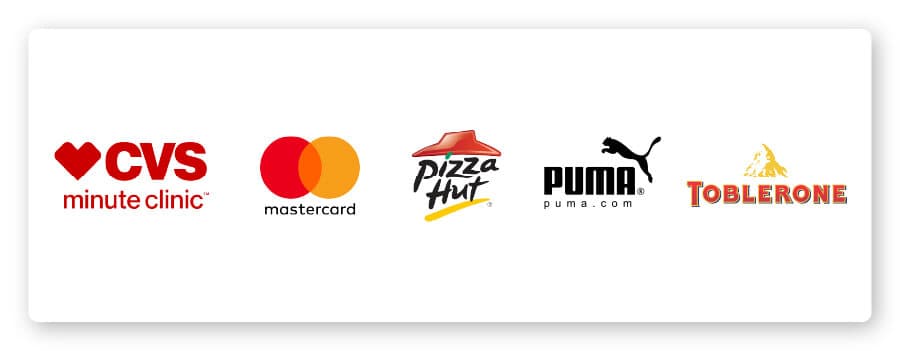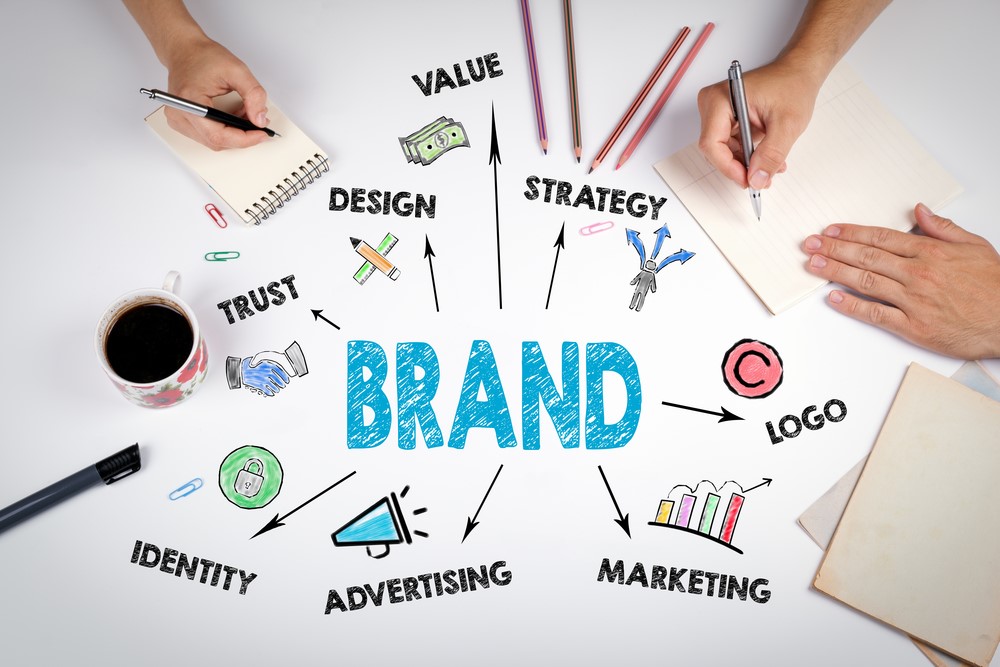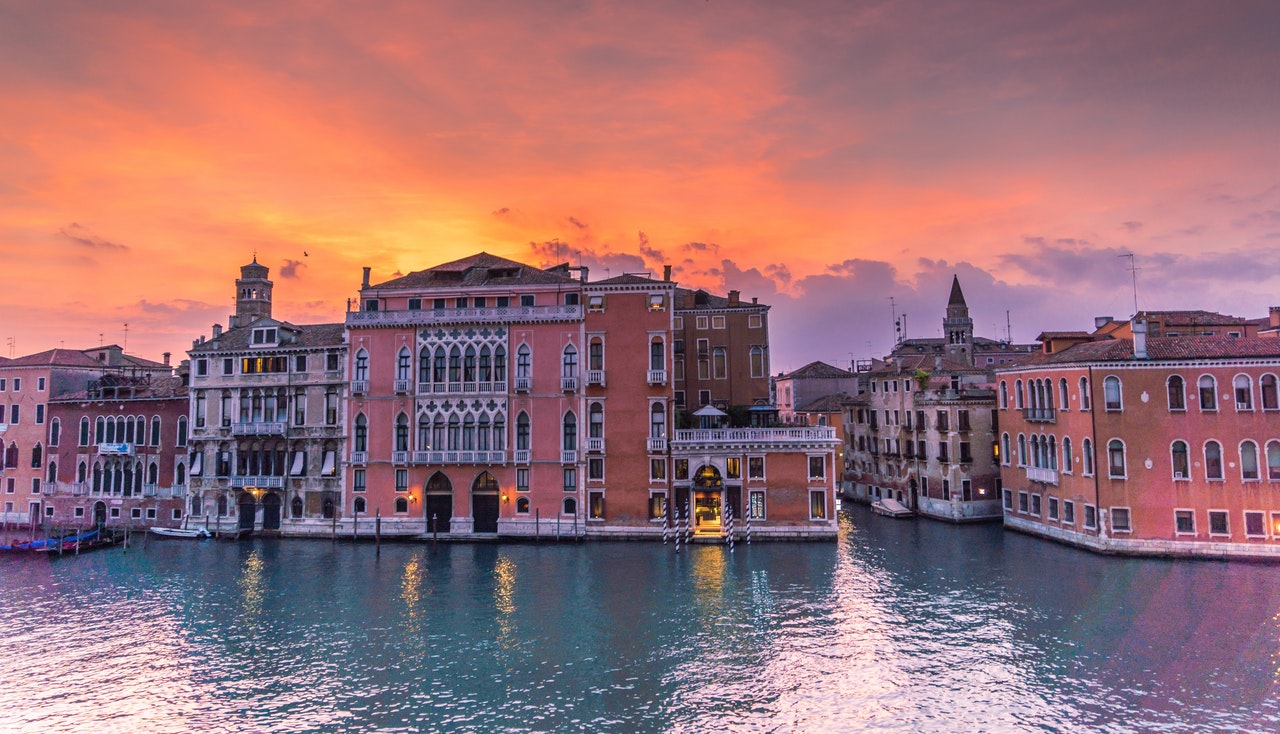
In a world where first impressions are everything, your brand’s logo has a big job to do. Like a superhero donning a cape, your logo swoops in to save the day and make a lasting impression on potential customers. But crafting the perfect logo is no easy feat. It’s a blend of artistry, strategy, and a touch of magic that sets your brand apart from the competition. So grab your metaphorical cape and let’s dive into the wild world of logo design and how it plays a crucial role in shaping your brand’s identity.
Establishing a strong visual representation
When it comes to , we’ve got to think outside the box – or should I say outside the pixel?
Here are some tips to help jazz up your visual branding:
- Color is key – pick a palette that pops like a bag of Orville Redenbacher’s.
- Fonts matter – make sure your typography is as on point as a cat-eye flick.
- Images speak volumes – choose eye-catching photos and illustrations that make a statement louder than a toddler throwing a tantrum in the candy aisle.
Don’t be afraid to mix and match different visual elements like a mad scientist in a lab – as long as it looks cohesive and tells your brand story in a way that gets people talking, you’re on the right track.

Creating a memorable logo that resonates with your target audience
When designing a logo, it’s important to remember that you’re not just creating a pretty picture – you’re crafting a visual representation of your brand that should resonate with your target audience. Here are some tips to help you create a logo that will leave a lasting impression:
1. Know your audience: Before you start sketching or firing up your design software, take some time to really understand who your target audience is. What are their interests, values, and preferences? Your logo should speak to them on a personal level.
2. Keep it simple: A cluttered logo is like trying to cram too many toppings on a pizza – it just ends up a mess. Focus on a few key elements that represent your brand and keep the design clean and easy to recognize.
3. Use color psychology: Color can evoke strong emotions and associations, so choose your palette wisely. Are you going for a bold, energetic vibe with red and yellow, or a calm, trustworthy feel with blues and greens?
4. Test it out: Before finalizing your logo, show it to a few people from your target audience and get their feedback. You want to make sure it resonates with them and accurately represents your brand.

Incorporating brand values and mission into logo design
So you’ve decided it’s time to create a logo for your brand, but wait! Before you dive right in and slap together a generic design, consider incorporating your brand values and mission into your logo. After all, your logo is like the face of your brand – it should represent who you are and what you stand for. Let’s make sure your logo design speaks volumes about your brand!
Here are some fun and creative ways to infuse your brand values and mission into your logo:
- Color Psychology: Choose colors that reflect the emotions and qualities your brand embodies. For example, if your brand is all about sustainability and being eco-friendly, go for earthy tones like green and brown.
- Symbolism: Incorporate symbols or icons that represent your brand’s mission. If your brand is all about adventure and exploration, a compass or mountain peak might be the perfect fit.
- Typography: The font you choose for your logo can say a lot about your brand’s personality. If your brand is modern and innovative, opt for sleek and futuristic fonts.
Remember, your logo should be a reflection of your brand’s essence, so take the time to infuse it with your values and mission. And who knows, maybe your logo will become so iconic that it’ll be the envy of all your competitors!

Choosing the right colors, fonts, and shapes for brand identity
When it comes to choosing the perfect colors, fonts, and shapes for your brand identity, it’s like picking out the perfect outfit for a first date – you want to make a lasting impression! But fear not, we’ve got some tips to help you dress to impress in the world of branding.
First up, let’s talk colors. Think of colors as the mood rings of branding – they can convey different emotions and vibes to your audience. For example, warm colors like red and orange can evoke feelings of passion and energy, while cool colors like blue and green can give off a sense of calm and trust. Choose a color palette that speaks to your brand’s personality and resonates with your target audience.
Next, let’s discuss fonts. Fonts are like the typefaces of the branding world – they can make or break the message you’re trying to convey. Stick to 2-3 fonts that complement each other well, and make sure they’re legible across all platforms. Remember, Comic Sans may be fun, but it’s not exactly the best choice for a professional brand image!
Lastly, shapes are like the building blocks of your brand identity. Whether you’re using circles, squares, or triangles, make sure these shapes are cohesive with your overall branding aesthetic. Consider how the shapes you choose can convey your brand’s values and messaging in a visually appealing way.

Ensuring consistency across all branding materials and platforms
So you’ve got your branding materials scattered across all platforms like a squirrel hoarding nuts in the winter – but are they consistent? Or are you giving your audience whiplash with different fonts, colors, and messaging? It’s time to reign in those branding elements and make sure they play nice with each other.
First things first, decide on a brand style guide and stick to it like glue. This guide will be your Bible, your North Star, your trusty sidekick in the battle against inconsistency. Make sure it covers everything from logo usage to color palettes to tone of voice – leave no stone unturned, unless that stone is a different shade of gray than your brand guidelines allow, then kick it to the curb.
Next, take a magnifying glass to all your branding materials and platforms. Are your logo sizes consistent? Is your color scheme harmonious? Are your fonts singing in perfect harmony or are they engaged in a chaotic opera of mismatched serifs and sans-serifs? Make the necessary adjustments and watch as your branding goes from Frankenstein’s monster to a well-oiled branding machine.
And last but not least, don’t forget to update your branding materials regularly. Just like how you give your pet goldfish a clean tank every now and then (you do clean your goldfish tank, right?), your branding needs a refresh every once in a while. Keep up with the latest trends, tweak as necessary, and watch as your consistency shines brighter than a freshly polished apple on a teacher’s desk.
FAQs
Why is logo design important for a brand’s identity?
Oh, honey, let me tell you – your logo is like the face of your brand. It’s the first thing people see, the thing they remember, and the thing that sets you apart from the competition. So yeah, it’s pretty important.
How can a well-designed logo help a brand stand out?
Well, imagine this – you’re walking down the street and you see a bright, beautiful butterfly fluttering by. That’s your well-designed logo amidst a sea of dull, drab moths. It catches your eye, makes you smile, and sticks in your memory. That’s how you stand out.
What elements should be considered when creating a logo?
Oh darling, creating a logo is like putting together a fabulous outfit – you’ve got to consider color, shape, font, and style. Everything needs to work together to create a cohesive and memorable look that screams “I’m fabulous!”
How can a brand ensure their logo design is timeless?
Listen up, sweetie – trends come and go, but true style lasts forever. So when designing your logo, think classic, think elegant, think timeless. Avoid jumping on the latest design fad – you want a logo that will still look fabulous in 10, 20, or even 50 years.
What role does emotion play in logo design?
Emotion, darling, is everything. Your logo needs to evoke feelings – joy, excitement, nostalgia – whatever fits your brand. People should look at your logo and instantly connect with it on an emotional level. That’s how you create loyal fans.










